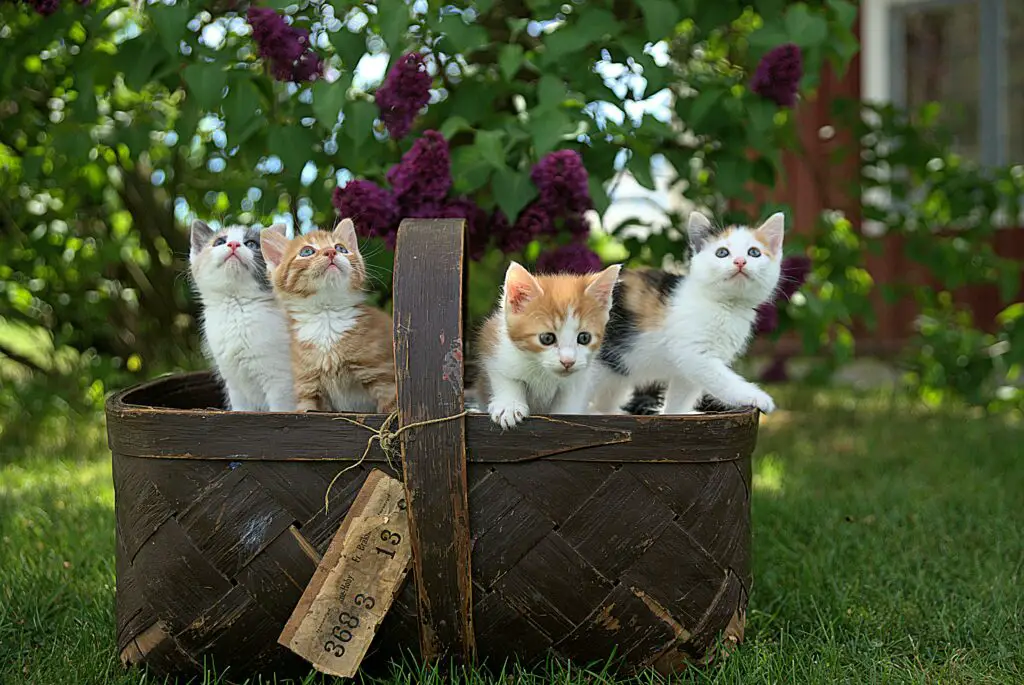Cats-Possessive:
Unlocking the Enigmatic Bond Between Cats and Their Territory
In the quiet corners of our homes and the bustling streets of our neighborhoods, a silent but profound relationship thrives – the bond between cats and their territory. As feline companions, cats have long mystified and enchanted us with their enigmatic behaviors, none perhaps more intriguing than their possessiveness over space. In this exploration, we delve into the depths of this unique bond, unraveling the intricacies of why cats exhibit possessive tendencies and how it shapes their interactions with the world around them.

Cats-Possessive:
Understanding the Nature of Feline Territory
From the cozy nooks of our living rooms to the sprawling expanse of the outdoors, cats stake claim to their territory with a quiet but undeniable determination. But what drives this possessiveness? At the heart of it lies a primal instinct, deeply ingrained in the evolutionary history of cats.
The Instinctual Roots:
Cats, descendants of solitary hunters, have inherited a strong territorial instinct from their wild ancestors. In the wild, territory equates to survival – it provides food, shelter, and safety from predators. This instinctual drive to defend their space is deeply rooted in the feline psyche, manifesting itself in behaviors ranging from scent marking to territorial aggression.
Scent Marking:
Central to a cat’s possessiveness over its territory is scent marking. Through glands located in various parts of their bodies, cats leave behind invisible trails of scent that serve as territorial signposts for other felines. By rubbing their faces against objects or spraying urine, cats communicate ownership and establish boundaries within their environment. This olfactory language not only asserts dominance but also fosters a sense of security within their domain.
Territorial Aggression:
In addition to scent marking, territorial aggression is another manifestation of a cat’s possessive nature. When faced with perceived intruders encroaching upon their space, cats may exhibit aggressive behaviors such as hissing, growling, or even engaging in physical confrontations. This aggressive response serves to defend their territory and maintain their status within the social hierarchy.
The Role of Environment:
While instinct undoubtedly plays a significant role in shaping a cat’s possessive behavior, environmental factors also exert a profound influence. Whether indoor or outdoor, a cat’s territory is defined by its surroundings – from the layout of furniture to the presence of other animals. Changes or disruptions to this environment can trigger stress and anxiety in cats, leading to heightened possessiveness as they seek to reaffirm their sense of security.
Indoor Cats:
For indoor cats, the home serves as their primary territory, a sanctuary where they feel safe and in control. From claiming favorite sleeping spots to marking household objects with their scent, indoor cats exhibit possessive behaviors to assert ownership over their domain. Additionally, the presence of other pets or unfamiliar individuals can provoke territorial conflicts, highlighting the importance of providing a harmonious environment conducive to their well-being.
Outdoor Cats:
Conversely, outdoor cats navigate a more expansive territory, often encompassing entire neighborhoods or beyond. Roaming freely within their domain, outdoor cats engage in territorial behaviors such as patrolling boundaries and engaging in scent marking rituals. Conflict with neighboring cats over territory is not uncommon, as each feline vies for control over resources and breeding rights within their shared environment.
Managing Possessive Behavior:
While possessive behavior is a natural aspect of feline psychology, it can present challenges for cat owners, particularly in multi-cat households or urban environments. Understanding the underlying motivations behind this behavior is the first step towards managing and mitigating its impact.
Environmental Enrichment:
Providing environmental enrichment is crucial for alleviating possessive behavior in cats. By offering plenty of vertical space, hiding spots, and interactive toys, owners can create a stimulating environment that satisfies their cat’s natural instincts and reduces stress.
Positive Reinforcement:
Positive reinforcement techniques can also help modify possessive behavior by rewarding desirable actions and redirecting negative behaviors. Through consistency and patience, owners can encourage more adaptive responses to territorial stimuli and foster a sense of security in their cats.
Conclusion:
In the intricate tapestry of the feline psyche, the thread of possessiveness weaves a compelling narrative of instinct, environment, and companionship. From the humble abode of a cozy apartment to the sprawling domain of an urban jungle, cats assert their ownership over space with a quiet but unmistakable intensity. Understanding and honoring this bond between cats and their territory enriches not only our relationship with these enigmatic creatures but also the fabric of our shared world.

